It just keeps snowballing
mommabird
12 years ago
Related Stories
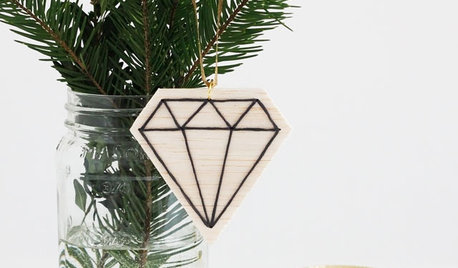
CHRISTMAS20 DIY Ornaments to Give or Keep
From classic to quirky, easy to more involved, these Christmas ornaments will perk up your tree or make a great gift
Full Story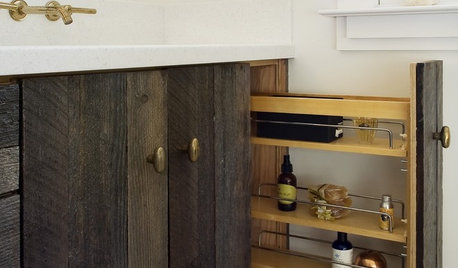
KITCHEN DESIGNKitchen Storage Solutions Hide and Keep
Rollout drawers, pullout cabinets and slide-in doors are just a few of the options for keeping kitchen items out of sight but close at hand
Full Story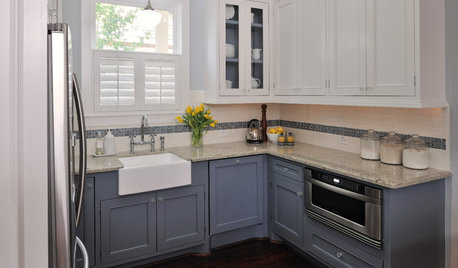
KITCHEN CABINETSKeeping Cabinet Color on the Down Low
Give just base cabinets a colorful coat for a kitchen sporting character and a spacious look
Full Story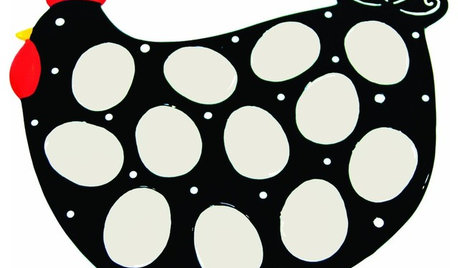
PRODUCT PICKSGuest Picks: Egg Platters to Keep Those Devils in Their Place
You just might cluck with delight over these perfectly portioned egg plates for Easter and beyond
Full Story
LIVING ROOMSNew This Week: 3 Living Rooms Mix Wild Patterns While Keeping Calm
Go neutral for the main furniture pieces and crazy with curtains and pillows for a comfortable space with just enough energetic character
Full Story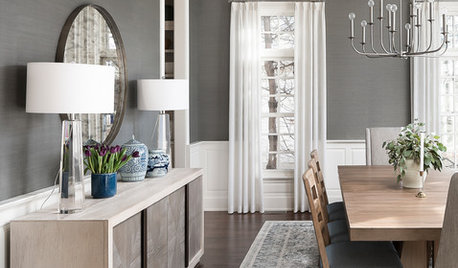
RUGS10 Tips for Getting a Dining Room Rug Just Right
Is the rug you’re considering the right size, shape and weave for your dining room? Here’s what to keep in mind
Full Story
SHOP HOUZZShop Houzz: Just Chillin'
Keep your cool with luxury ice buckets, novelty ice trays and ice makers
Full Story0
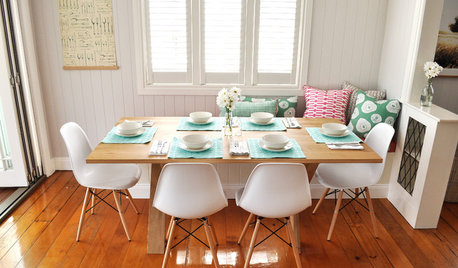
MOST POPULAR10 Strategies for Keeping Surfaces Clutter-Free
The universe wants your coffee table to become a clutter magnet — but you can fight back
Full Story
PETSGarden Alert: 22 Plants to Keep Away From Pets
Avoid potential danger by keeping dogs and cats away from these landscaping and houseplant favorites
Full Story











pinch_me
brickeyee
Related Professionals
Ballenger Creek Kitchen & Bathroom Designers · Everett Kitchen & Bathroom Designers · Glens Falls Kitchen & Bathroom Designers · Hammond Kitchen & Bathroom Designers · Highland Park Kitchen & Bathroom Designers · University City Kitchen & Bathroom Remodelers · Athens Kitchen & Bathroom Remodelers · Eagle Kitchen & Bathroom Remodelers · Green Bay Kitchen & Bathroom Remodelers · Mesquite Kitchen & Bathroom Remodelers · Oceanside Kitchen & Bathroom Remodelers · Rolling Hills Estates Kitchen & Bathroom Remodelers · South Barrington Kitchen & Bathroom Remodelers · Winchester Kitchen & Bathroom Remodelers · Cave Spring Kitchen & Bathroom Remodelersenergy_rater_la
mommabirdOriginal Author
lucillle
mommabirdOriginal Author
brickeyee
oldhousegal
brickeyee